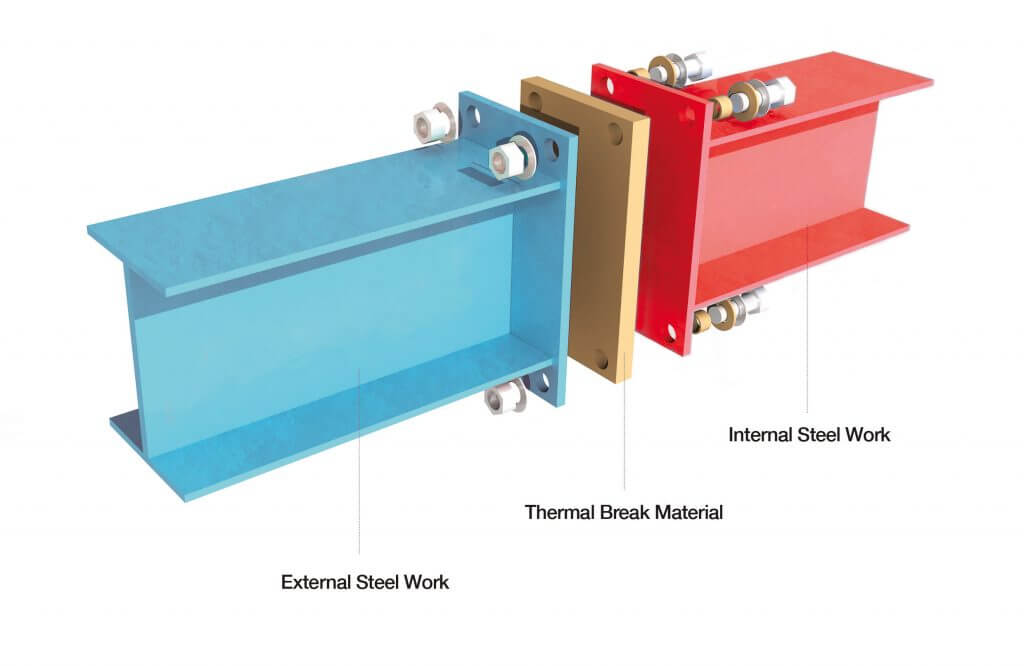In order to have been selected for this list the above mentioned products would be considered to be of the highest quality. When engineers specify vibration control or thermal break products or brands they generally add the “or approved equivalent” option. Typically lead time and pricing become determining factors once the engineer on record has verified the selected product meets the design criteria.
Benchmark makes no further representations.
Benchmark stocks a variety of Structural Thermal Break materials in various thicknesses. We offer a custom cutting services using either waterjet or CNC router. We deliver across North America and can meet tight deadlines as required for an expedited fee.

Research has shown that thermal bridging can increase the whole-building conductive heat loss by more than 15%. The percentage is a function of the following variables: climate, building type, location and type of the thermal bridges. The magnitude and quantity of the thermal bridging is a large factor. Some interface details increase the U value of a wall by 45% or more, other transition details increase the U value by only 5%.
The heat flow created by thermal bridging varies by the detail and the number of details. If the building design contains lots of poor or inefficient details, the contribution to overall heat loss through the envelope will be high. To improve the energy efficiency of a building, we need to improve the efficiency of the thermal envelope.
If you are designing to Passive House standards, thermal bridges are simply not allowed and air leakage is restricted. This significantly reduces heat loss, which in turn reduces energy consumption. Designing to LEED standards also involves reducing a building’s energy footprint and EA credits are given for optimizing building energy performance, which includes optimizing the efficiency of the thermal envelope.
So thermal bridges have an impact on the thermal envelope, whose performance contributes to the overall building energy costs. Thermal breaks create continuity within the thermal control layer which results in true continuous insulation.